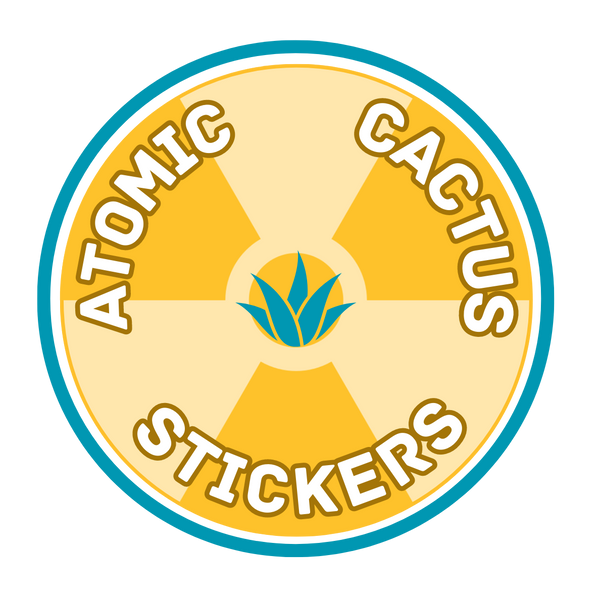Stickers have become a powerful tool for self-expression, whether slapped on a laptop, water bottle, or the back of a car. Bumper stickers, in particular, have long been a staple of political messaging, transforming vehicles into moving billboards that communicate beliefs, values, and cultural trends. But beyond just decoration, both bumper stickers and everyday stickers play a surprisingly significant role in shaping public opinion and political discourse.
The Power of Visibility in Shaping Opinions
A well-placed sticker reaches thousands of eyes daily, whether in traffic, on a laptop at a coffee shop, or stuck to a water bottle at the gym. Unlike social media posts that can be scrolled past or ignored, stickers demand attention. They serve as constant reinforcements of political messages, subtly shaping public discourse through repetition and exposure.
Reinforcement of Group Identity
People tend to align themselves with groups that share their values. Stickers act as signals, helping individuals identify like-minded allies and reinforcing a sense of belonging. Whether it’s a simple campaign slogan, a witty political jab, or a meme-based commentary, stickers help create an “us vs. them” dynamic that fuels engagement.
Sparking Conversations (or Arguments)
A controversial or thought-provoking sticker can quickly become a conversation starter—or even a point of contention. Whether on the back of a car, a laptop, or a street pole, stickers invite discussion. Strangers may feel compelled to engage, debate, or even confront the person displaying the sticker. This organic interaction plays a role in shaping opinions and increasing political awareness.
The Subtle Psychological Influence
Stickers work similarly to other forms of propaganda by normalizing certain viewpoints. When people repeatedly see a message, they may begin to accept it as mainstream, even if they initially disagreed. This phenomenon, known as the mere exposure effect, is a key reason why political campaigns and advocacy groups use stickers as part of their outreach strategy.
How Stickers Reflect and Shape Trends
As political climates shift, so do the themes found on stickers. Tracking their evolution over time provides insight into changing public sentiment. For example, in recent years, the rise of meme-based political stickers has merged internet culture with real-world activism, making complex issues more accessible and engaging.
Get Your Message Seen
If you want to make a statement and influence public discourse yourself, check out our collection of political bumper stickers and political stickers designed to spark conversation and turn heads. Whether you’re looking for humor, satire, or bold declarations, our stickers help you express yourself wherever you go.
Final Thoughts
Stickers may seem like a small part of political expression, but their impact is undeniable. By repeatedly exposing people to certain messages, reinforcing group identities, and sparking dialogue, they continue to play a powerful role in shaping public opinion. Next time you’re out and about, take a closer look—you might just witness the silent influence of a simple sticker.

